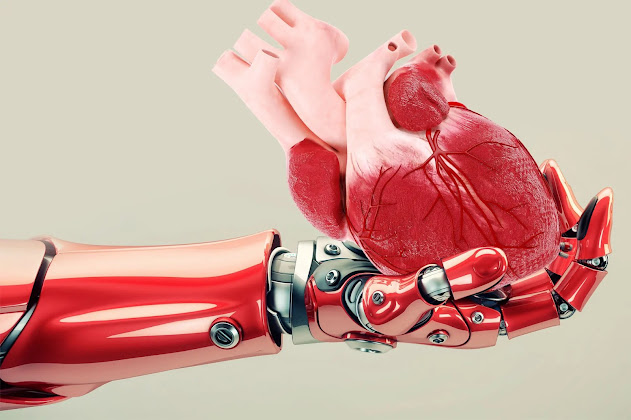Global Artificial Muscles: The Future of Robotic Limbs and Exoskeletons
 |
| Global Artificial Muscle |
Artificial muscles, also known as synthetic muscles, are materials and devices that mimic the behavior of natural muscles in mammals. By combining materials science and engineering, researchers are working to develop new types of these muscles that can power prosthetic devices, exoskeletons and robots.
Materials Behind Artificial Muscles
There are a few main categories of materials that are being used and developed
for these muscles. Some commonly used materials include shape memory alloys,
electrolytes, carbon nanotubes and conjugated polymers.
Shape memory alloys are metals that can be deformed from their initial shape
but will return to that shape upon heating. Nickel-titanium alloys are a
commonly used shape memory alloy for these muscles due to their flexibility and
strength. When thin wires made from these alloys are heated, they contract and
can apply forces similar to natural muscles.
Ionic polymer metal composites, also called ionic polymer-metal composites or
IPMCs, are soft polymers combined with thin metal plates. When a low voltage is
applied, the polymer absorbs or expels ions which causes it to bend. These
muscles can replicate human-like movements and have potential uses in soft
robotics.
Conjugated polymers are carbon-based polymers that can undergo redox reactions
when an electric current is applied. The polymers undergo swelling and
dimensional changes as oxidation and reduction move charges through their
structures. Some conjugated polymers have been developed that can lift over a
thousand times their own weight, making them promising for use in these
muscles.
Applications in Robotic Limbs and Exoskeletons
Researchers are working on implementing these muscles into assistive devices to
help people with mobility issues. Some important applications include:
Prosthetic Limbs - Shape memory alloys and IPMC Global
Artificial Muscles are being used to power finger and hand movements in
prosthetics. As the materials get stronger, they could enable more dexterous
and natural arm movements.
Exoskeletons - Full body exoskeleton frames use these muscles at the joints to
support and strengthen human movements. They are being developed for
applications like assisting the elderly or helping workers lift heavy objects.
Soft Exosuits - Wearable assistive devices made of flexible artificial muscles
are called soft exosuits. They apply assistance precisely where needed without
restricting natural motions. Researchers are developing exosuits that can
reduce the energy cost of walking or help stroke patients regain mobility.
Lower Limb Prosthetics - For leg prosthetics, these muscles are being
integrated into ankle and knee joints to restore a more natural walking gait.
This reduces risks of falls or injuries compared to rigid prosthetics.
Challenges and Future Outlook
While significant progress has been made, there are still challenges to
overcome before artificial muscles can fully replicate natural muscle
capabilities:
- Strength and Force Generation - Most synthetic muscles cannot yet match the
power-to-weight ratios of real muscles. Materials science advancements are
needed.
- Durability and Lifespan - Undergoing millions of contraction cycles, natural
muscles rarely fatigue. But artificial muscles still lack comparable endurance
in testing.
- Control and Sensing - Natural muscles receive precise neural signals, but
prosthetics have difficulty mimicking this level of feedback and coordination.
- Biocompatibility - For implantable devices, artificial muscles and their degradation
products must be demonstrated as safe for long-term tissue and organ contact.
Research in multi-functional materials, neuromuscular interfaces, and
integration of artificial muscle actuators into complete limb systems will help
address these challenges. With continued progress, highly dexterous and
lightweight prosthetics or exoskeletons powered by synthetic muscles could
become widespread realities within the next 10-20 years. These technologies
hold tremendous promise to vastly improve quality of life for individuals with
disabilities

%20Treatment%20(1).jpg)

Comments
Post a Comment